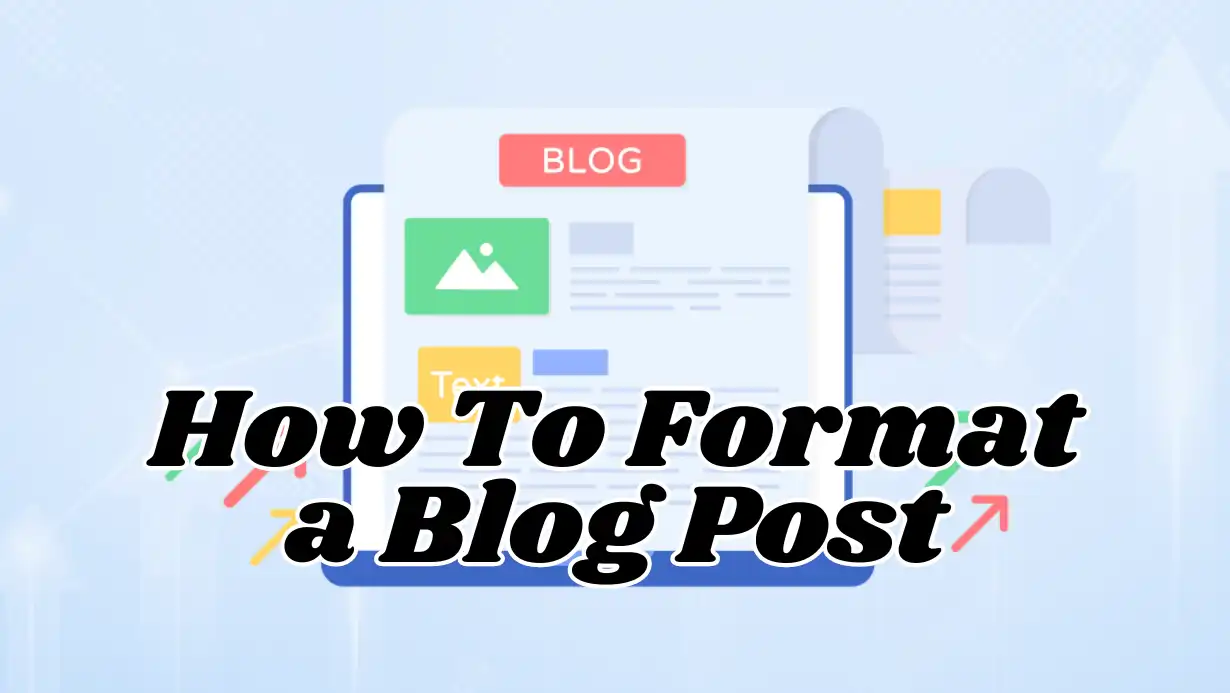Formatting a blog post correctly is crucial for maintaining reader engagement and ensuring your content is accessible and easy to digest. Whether you’re a seasoned blogger or just starting out, knowing how to format your posts can make a significant difference in how your content is received.
Here’s a step-by-step guide on how to format a blog post effectively:
Start with a Compelling Title
The title is the first thing readers see, and it plays a major role in whether they decide to read your post. Make sure your title is catchy, clear, and includes your primary keyword. Aim for a title that promises value or piques curiosity.
Example:
- Good Title: “How to Format a Blog Post: Tips for Clear and Engaging Content”
- Bad Title: “Blog Formatting”
Write an Engaging Introduction
Your introduction should grab the reader’s attention and provide a brief overview of what the post will cover. It’s your chance to make a strong first impression and convince the reader to keep going.
Tips:
- Start with a hook: a question, a surprising fact, or a relevant anecdote.
- Clearly state the purpose of your post and what readers can expect to learn.
Use Headings and Subheadings
Headings and subheadings break up your content into manageable sections, making it easier for readers to scan and find the information they need. Use H1 for your main title, H2 for section headings, and H3 for sub-sections.
Example:
- H1: How To Format a Blog Post
- H2: Introduction
- H2: Key Formatting Tips
- H3: Use Clear and Concise Headings
- H3: Incorporate Bullet Points and Numbered Lists
Incorporate Bullet Points and Numbered Lists
Bullet points and numbered lists help highlight key information and make your content more readable. They are especially useful for presenting steps, tips, or important points in a clear and concise manner.
Example:
- Tips for Effective Blog Post Formatting:
- Use short paragraphs
- Include images and multimedia
- Ensure mobile-friendliness
Include Visuals
Visuals such as images, infographics, and screenshots can enhance your blog post and make it more engaging. They also help break up text and provide a visual representation of the content.
Tips:
- Use relevant and high-quality images.
- Ensure images are properly sized and optimized for faster loading.
Write in Short Paragraphs
Long paragraphs can be overwhelming and difficult to read. Break your content into short, digestible paragraphs to improve readability. Each paragraph should ideally cover one main idea or point.
Use Internal and External Links
Linking to other relevant content on your blog (internal links) and to authoritative sources (external links) adds value to your post and helps with SEO. It also provides additional resources for readers who want to explore the topic further.
Example:
- Internal Link: “For more tips on writing effective blog posts, check out our guide on [How to Write Compelling Content].”
- External Link: “According to a study by [Source Name], formatting plays a crucial role in reader engagement.”
Add a Call to Action (CTA)
A call to action encourages readers to take the next step, whether it’s subscribing to your newsletter, leaving a comment, or sharing the post on social media. Make your CTA clear and compelling.
Example:
- “If you found these formatting tips helpful, don’t forget to subscribe to our newsletter for more insights and updates!”
Proofread and Edit
Before publishing, carefully proofread your blog post to correct any spelling or grammatical errors. Editing helps ensure that your content is polished and professional.
Tips:
- Read your post aloud to catch awkward phrasing.
- Use grammar-checking tools to spot errors.
Optimize for SEO
Finally, ensure your blog post is optimized for search engines. This includes using relevant keywords, adding meta descriptions, and optimizing images with alt text. SEO optimization helps improve your post’s visibility and ranking in search engine results.
Example:
- Keyword Placement: Include your primary keyword in the title, headings, and throughout the content, but avoid keyword stuffing.
By following these formatting tips, you can create blog posts that are not only visually appealing but also engaging and easy to read. Proper formatting enhances the overall user experience and helps ensure that your content reaches and resonates with your target audience. Happy blogging!
Note: If you are using WordPress and have the option to add tags, make sure to include relevant tags related to your topic. This will help search engines rank your articles for multiple predefined keywords.
